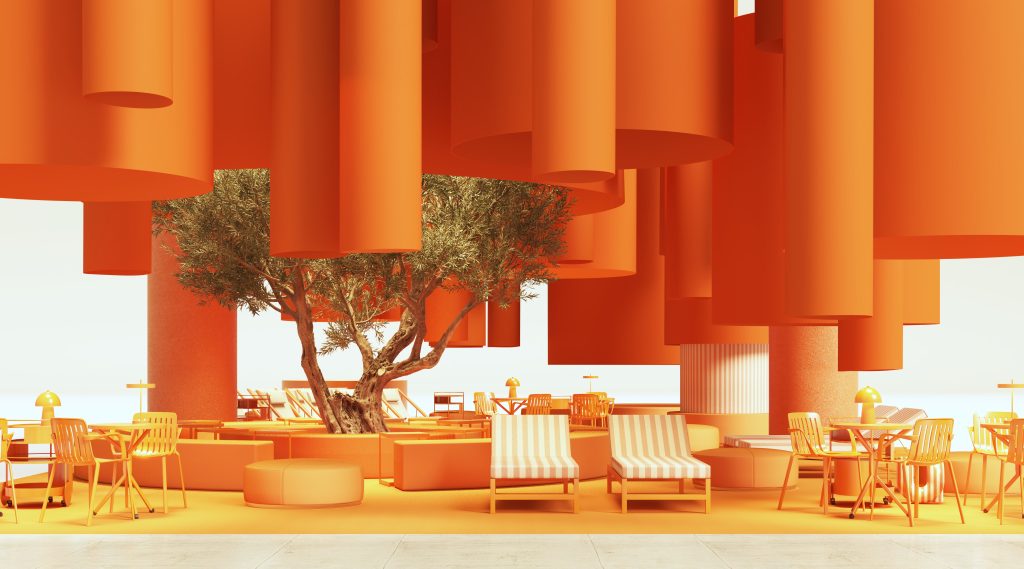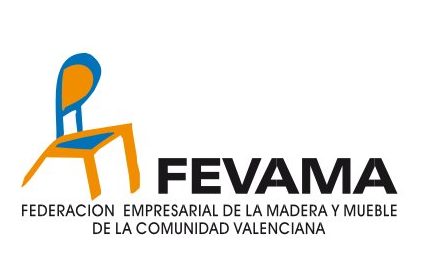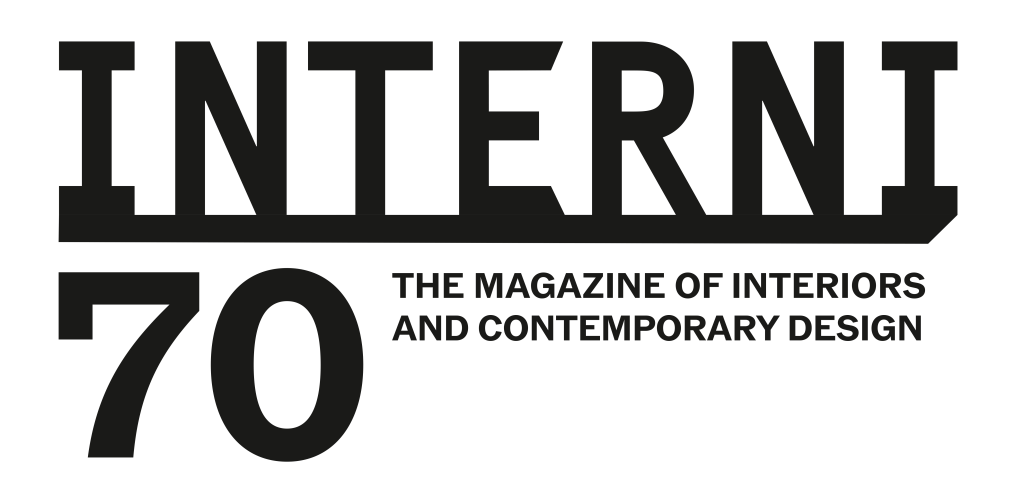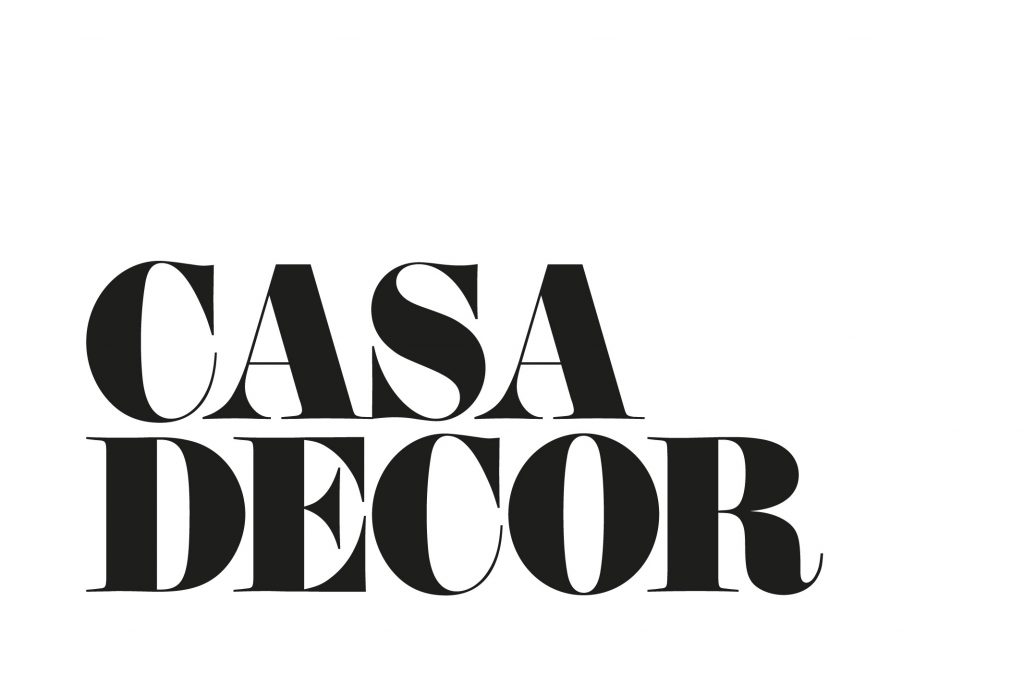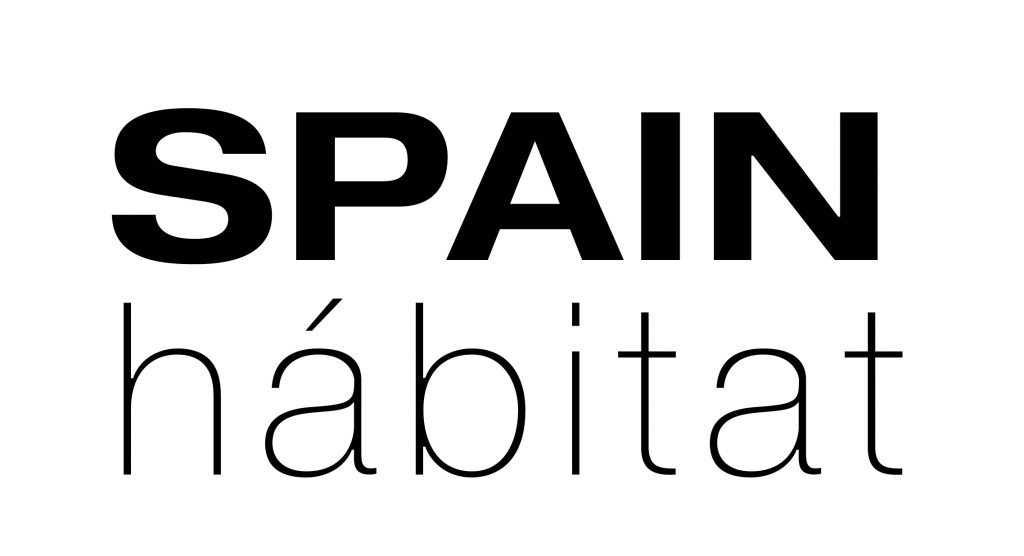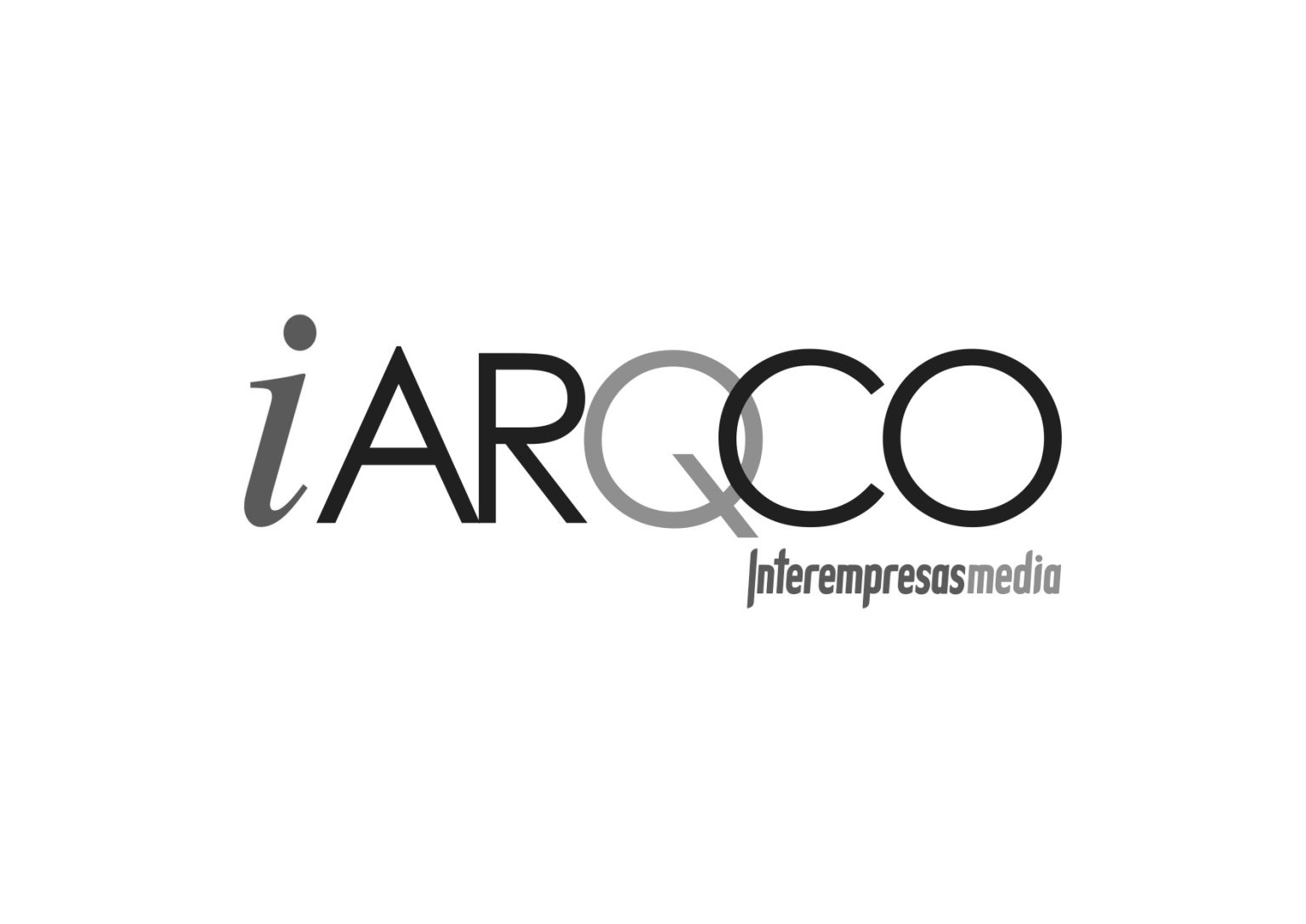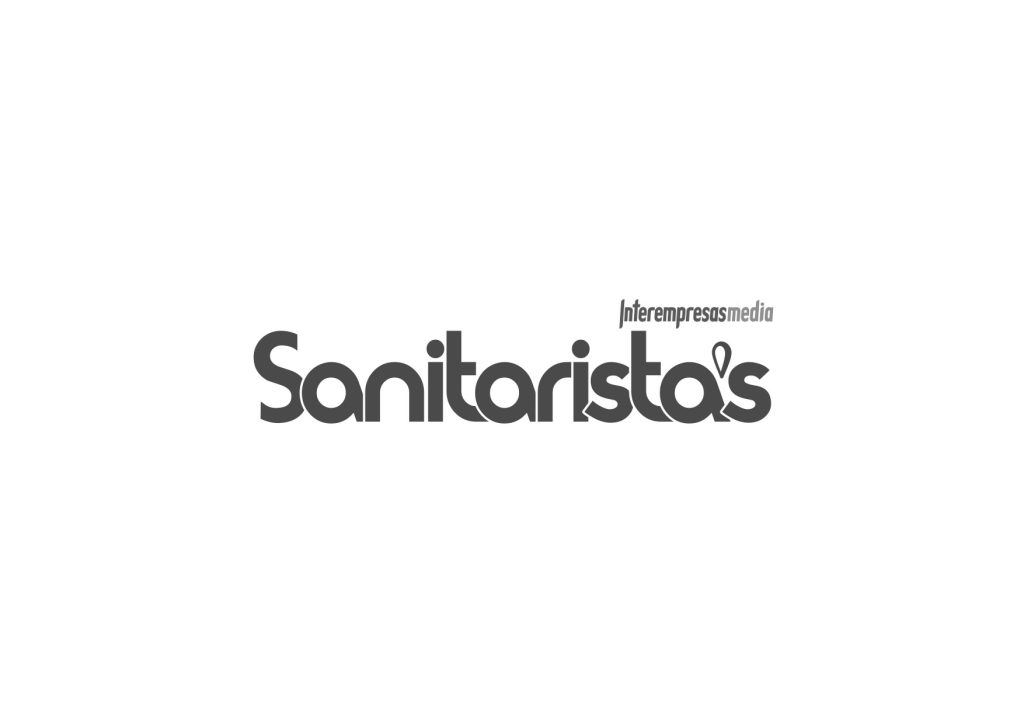The creative Sigfrido Serra reveals some of the key points of ‘Orange Forest’, the innovative installation created with the magazine Interiores that recreates Valencian tradition with a new contemporary perspective and that will also incorporate the AITEX trends space.
“At Orange Forest, every detail is designed to create an immersive experience. The fabrics, which are the protagonists, play a key role, not only as visual elements but also as tactile ones ,” explains Serra.
Valencia, September 10, 2024 – Sigfrido Serra and his team at Sigfrido Serra Studio continue to redefine interior design and architecture with a unique blend of innovation, sustainability and commitment to excellence. In the next edition of Textilhogar Home Textiles Premium , which will be held from September 30 to October 3 alongside Feria Hábitat València and Espacio Cocina SICI , Serra has created, in collaboration with Interiores magazine, the installation ‘Orange Forest’, a space that transcends borders, promoting interaction and creativity in an environment that celebrates natural beauty and Valencian tradition, all from a new contemporary perspective.
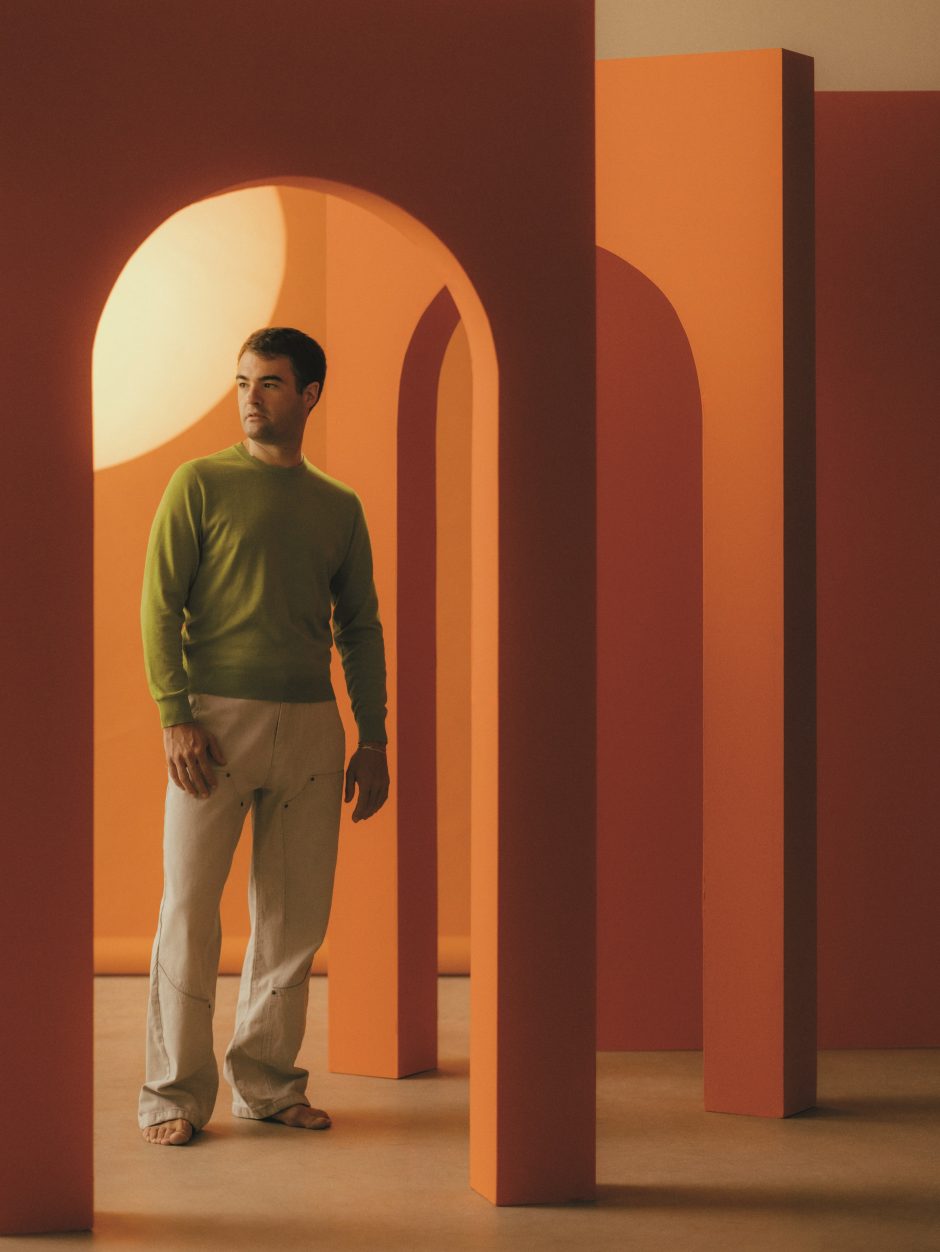
In this interview, Sigfrido Serra reveals the ins and outs of a project that is new to the fair and will amaze the thousands of visitors who pass through Pavilion 3 on Level 3 of Feria Valencia.
How did the idea come about and what did you want to convey with this project?
The idea for Orange Forest was born from the desire to create something more than a conventional exhibition space. We wanted to design an environment in which visitors would feel immersed in a complete sensorial experience. Rather than limiting it to a simple display of textiles and furniture, we wanted this space to represent an invitation to interact, experiment and reflect on design.
The main inspiration comes from nature, in particular from the landscape of the Albufera in Valencia, with its characteristic orange sunset. At the same time, we focused on fusing that tradition with avant-garde and innovation in design, creating something that reflects the best of both worlds.
How would you describe the experience you offer visitors within this space?
At Orange Forest, every detail is designed to create an immersive experience. The fabrics, which are the protagonists, play a key role, not only as visual elements but also as tactile ones. We want the visitor to touch, feel and connect with the texture, with the softness of the organic shapes we have created. As they walk through the space, they encounter warm and evocative colours, reminiscent of the orange tones of the sunset. It is an invitation to connect with nature, but also to think about how contemporary design elements can dialogue with it. In addition, the use of materials and the arrangement of furniture promote a more social, more collaborative interaction. It is not just a place to see, but to feel and live.
There seems to be a very clear intention to not only present products, but to offer an experience. Tell us a little more about the collaborators you have had on this project and how they have contributed to that experience.
Exactly, the idea of this space is to create an immersive experience, and to achieve this it was essential to have the collaboration of brands that share this same vision. The Masie, for example, has provided the furniture that, in addition to being functional, complements the aesthetics we wanted to convey: soft, organic lines and a natural elegance that invites you to relax and enjoy the surroundings. The KP rugs also play a key role, as they not only add texture and comfort, but also help to create fluid transit areas and rest spaces within the stand.
And of course, Harbour Fabrics from the CJM Group, whose textiles are the main protagonists. We chose their products because we wanted visitors to be able to interact with high-quality fabrics, which not only look good, but offer an extraordinary tactile experience.
It is clear that a lot of work has gone into the selection of materials and how they interact with each other in the space. Tell us more about the choice of orange as the guiding thread of the design.
The colour orange has a very powerful symbolic value for us. First, it is a direct reference to the Valencian landscape, to the warmth and beauty of its sunsets, but it is also a colour that transmits energy, creativity and optimism. By using it as the predominant tone, we wanted to evoke that feeling of renewal, of a new beginning, but also to convey a connection with the earth and with nature.
In a world that is increasingly concerned about environmental impact and sustainability, orange also represents that commitment to nature that we wanted to highlight. By integrating natural elements into the design and using colours that evoke the earth and the sun, we achieve a balance between the emotional and the aesthetic, something very important to us.
How does sustainability manifest itself at Orange Forest?
Sustainability is a priority in all our projects, and Orange Forest is no exception. From the beginning, we were clear that we wanted to create a space that was not only visually appealing, but also environmentally responsible. This is reflected in the choice of materials, from textiles to furniture, which are made with sustainability criteria.
Furthermore, we have sought to design a space that invites reflection on the role of design in preserving the environment. The forest recreated within the stand is a symbol of this commitment, a reminder that design can and should be in harmony with nature. Each element in Orange Forest has been thought out to minimise its environmental impact, without sacrificing aesthetics or functionality.
Throughout your career, you have worked on both national and international projects. How has this experience influenced the design of Orange Forest?
My experience in international projects has been key to understanding the different ways in which people relate to space and how design can influence that relationship. Orange Forest is a fusion of local influences from Valencia, with its rich artisan tradition and connection to nature, and global trends that demand more collaborative and sustainable spaces.
Each project we carry out at the studio, whether in Valencia or in cities like Madrid, Barcelona or even abroad, teaches us something new about how spaces can be used in different ways. This diversity of experiences is what allows us to continue innovating, and in the case of Orange Forest, it has been fundamental to create a space that is not only relevant locally, but can have an impact beyond our borders.
Finally, Sigfrido, what do you hope visitors take away from their visit to Orange Forest?
My greatest wish is that visitors leave Orange Forest feeling like they have experienced something unique. Beyond aesthetic beauty, I hope they take away a reflection on how design can be both functional and sustainable, how it can inspire us to connect with our surroundings, and how the spaces we inhabit can influence our well-being. I want them to feel the warmth of the colors, the softness of the materials, and to feel part of this homage to nature and innovation. If we can get people to stop, observe, and feel that connection, at least for a moment, then we will have achieved our goal.

